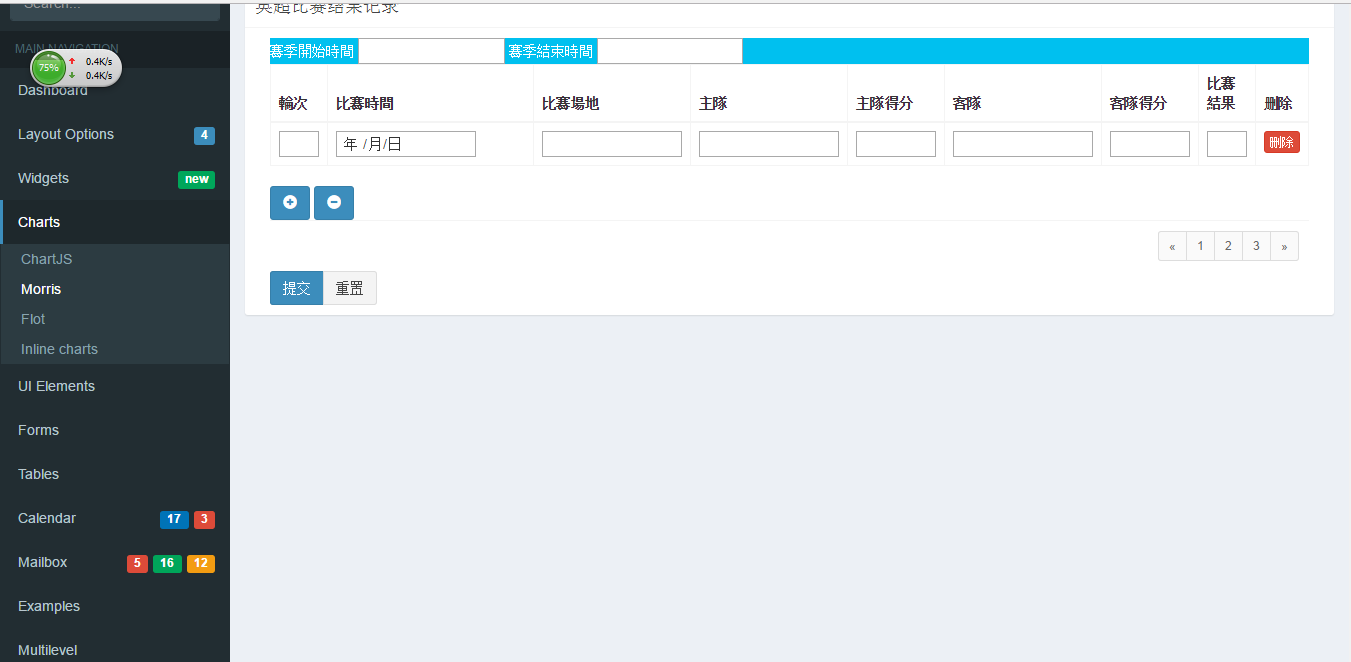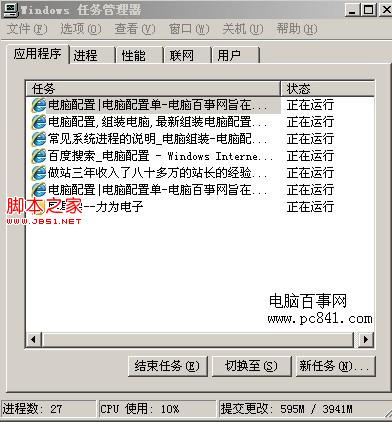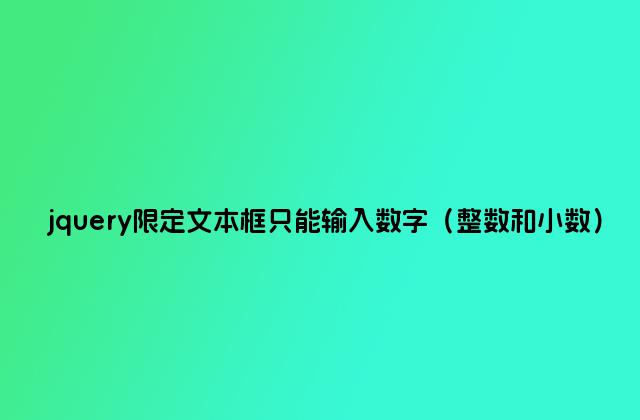
本文实例讲述了Yii全局函数用法。分享给大家供大家参考,具体如下:
由于YII致力于完美的整合第三方库,它并没有定义任何全局函数。yii中的每一个应用都需要全类别和对象范围。
例如,Yii::app()->user;Yii::app()->params['name'];等等。我们可以自行设定全局函数,使得代码看起来更加简洁易用。
我们可以保存在globals.php在protected/config目录下。然后,在入口脚本index.php中,定义如下内容:
$globals=dirname(__FILE__).'/protected/config/globals.php'; ... require_once($yii); require_once($globals);
现在我们可以在应用的任何地方使用我们的全局函数,例如可以使用user()代替Yii::app()->user。注:如果你打算发布一个可重用的组件,请不要组件中使用全局函数,在不同的应用配置中,可能导致无法使用。同时,也应注意与第三方库的冲突,可考虑对每个函数前加上自己的前缀,已做区分,例如框架核心均已C为前缀。
下面是代码包含最常用的一些快捷功能。如还需其他,请自行添加。
/**
* This is the shortcut to DIRECTORY_SEPARATOR
*/
defined('DS') or define('DS', DIRECTORY_SEPARATOR);
/**
* This is the shortcut to Yii::app()
*/
function app() {
return Yii: :app();
}
/**
* This is the shortcut to Yii::app()->clientScript
*/
function cs() {
// You could also call the client script instance via Yii::app()->clientScript
// But this is faster
return Yii: :app() - >getClientScript();
}
/**
* This is the shortcut to Yii::app()->user.
*/
function user() {
return Yii: :app() - >getUser();
}
/**
* This is the shortcut to Yii::app()->createUrl()
*/
function url($route, $params = array(), $ampersand = '&') {
return Yii: :app() - >createUrl($route, $params, $ampersand);
}
/**
* This is the shortcut to CHtml::encode
*/
function h($text) {
return htmlspecialchars($text, ENT_QUOTES, Yii: :app() - >charset);
}
/**
* This is the shortcut to CHtml::link()
*/
function l($text, $url = '#', $htmlOptions = array()) {
return CHtml: :link($text, $url, $htmlOptions);
}
/**
* This is the shortcut to Yii::t() with default category = 'stay'
*/
function t($message, $category = 'stay', $params = array(), $source = null, $language = null) {
return Yii: :t($category, $message, $params, $source, $language);
}
/**
* This is the shortcut to Yii::app()->request->baseUrl
* If the parameter is given, it will be returned and prefixed with the app baseUrl.
*/
function bu($url = null) {
static $baseUrl;
if ($baseUrl === null) $baseUrl = Yii: :app() - >getRequest() - >getBaseUrl();
return $url === null ? $baseUrl: $baseUrl.'/'.ltrim($url, '/');
}
/**
* Returns the named application parameter.
* This is the shortcut to Yii::app()->params[$name].
*/
function param($name) {
return Yii: :app() - >params[$name];
}
/**
* A useful one that I use in development is the following
* which dumps the target with syntax highlighting on by default
*/
function dump($target) {
return CVarDumper: :dump($target, 10, true);
}
更多关于Yii相关内容感兴趣的读者可查看本站专题:《Yii框架入门及常用技巧总结》、《php优秀开发框架总结》、《smarty模板入门基础教程》、《php面向对象程序设计入门教程》、《php字符串(string)用法总结》、《php+mysql数据库操作入门教程》及《php常见数据库操作技巧汇总》
希望本文所述对大家基于Yii框架的PHP程序设计有所帮助。






